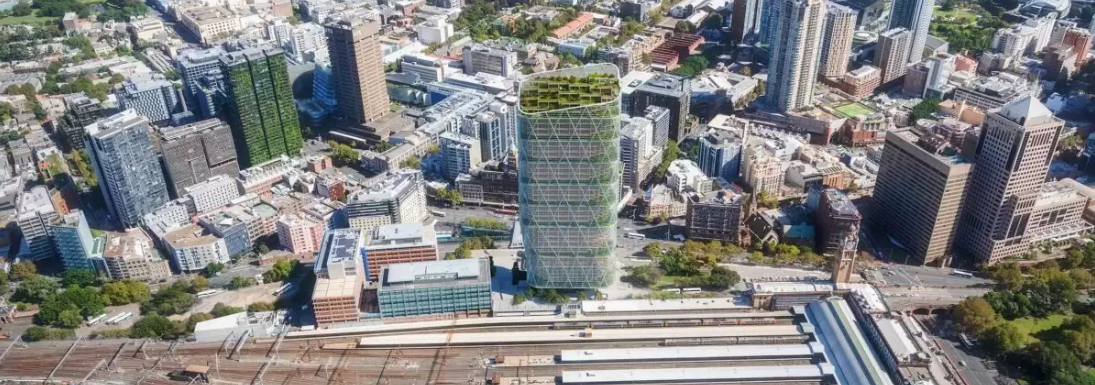
Wooden Buildings – A New Era of Sustainable Architecture
Wooden Buildings – A New Era of Sustainable Architecture
Wood is increasingly popular in modern architecture due to its ecological benefits, strength, and aesthetics. Unlike concrete or steel, wood has a much lower carbon footprint during production and construction. Advanced technologies like cross-laminated timber (CLT) enable the creation of large, durable structures that are both lightweight and resilient, making wooden buildings more attractive to architects and developers.
The World’s Tallest Wooden Building: Atlassian Central in Sydney
One of the most ambitious wooden projects is Atlassian Central, a skyscraper in Sydney that will become the world’s tallest wooden building upon its completion in 2025. Designed by SHoP Architects and BVN, this 40-story hybrid tower will stand 180 meters tall. The building will feature a steel frame with interiors made from cross-laminated timber, significantly reducing CO₂ emissions compared to traditional constructions.
Atlassian Central will be located on the site of the historic Parcels Shed building, adjacent to Sydney’s Central Station. Its innovative facade, which generates energy and provides self-shading for the interiors, will take advantage of Sydney’s temperate climate to enhance the building’s energy efficiency. Additionally, the tower will include elevated parks and office spaces designed to offer year-round comfort to its users.
The Future of Wooden Architecture
Atlassian Central is a prime example of the future of architecture, where sustainability merges with innovative technological solutions. As cross-laminated timber and other modern technologies become more widespread, we can expect more ambitious wooden building projects worldwide. As the tallest wooden building in the world, Atlassian Central stands as a symbol of this architectural revolution.
If you’re interested in the topic of sustainability in the context of wooden construction, please contact us.
Together with Dietrich Technology GmbH, we will prepare the best offer for you.
